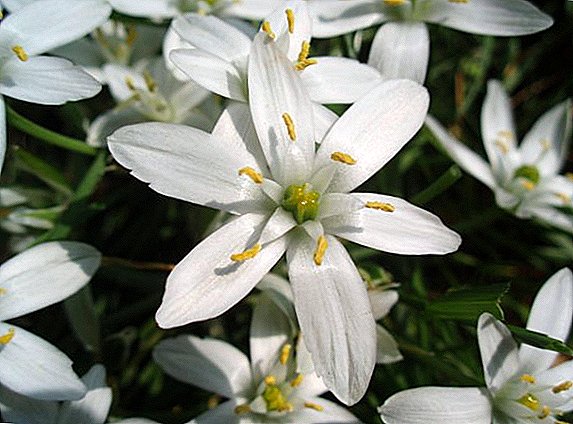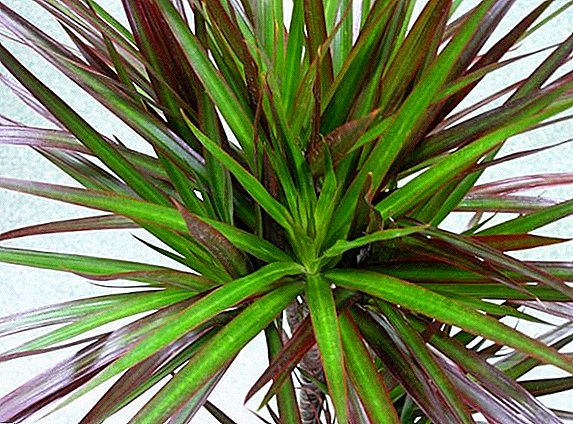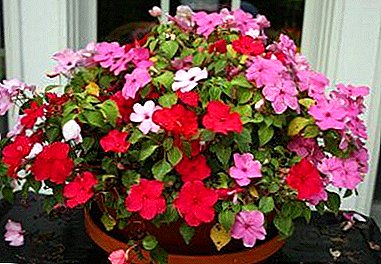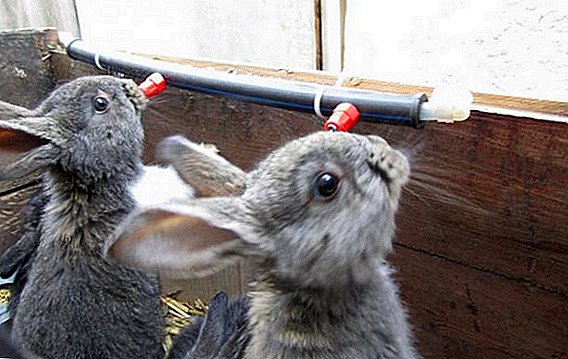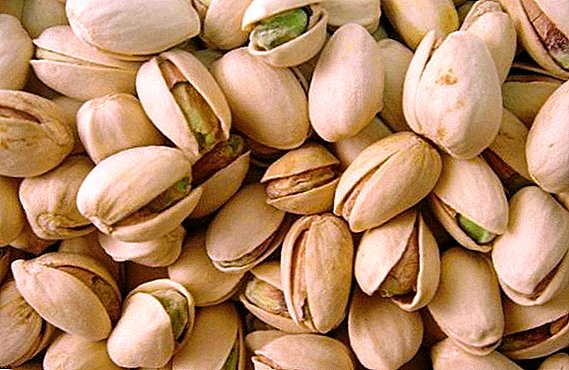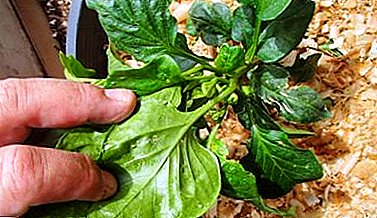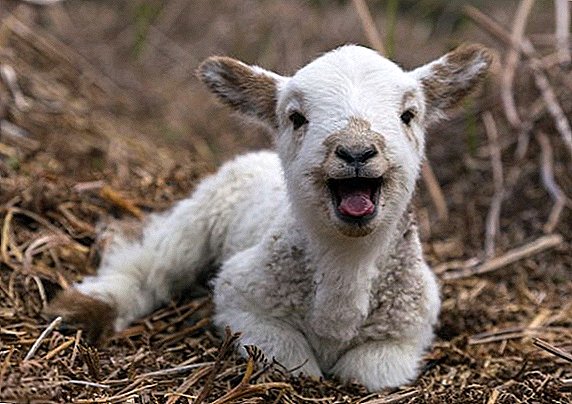 Sheep and sheep were among the first animals that were tamed by man. They gave him wool, milk, meat, and multiplied in captivity, initiating cattle breeding. These are animals with a pronounced herd instinct, which fell into organized flocks and followed the shepherd (shepherd), wherever he led them. Sheep flock consists of adults and young animals. Often the children do not know how to call the young sheep. This article will discuss the possible names of these animals, the basic principles of their content and interesting cognitive facts about young sheep.
Sheep and sheep were among the first animals that were tamed by man. They gave him wool, milk, meat, and multiplied in captivity, initiating cattle breeding. These are animals with a pronounced herd instinct, which fell into organized flocks and followed the shepherd (shepherd), wherever he led them. Sheep flock consists of adults and young animals. Often the children do not know how to call the young sheep. This article will discuss the possible names of these animals, the basic principles of their content and interesting cognitive facts about young sheep.
What is the name of the baby sheep and ram
Names of young animals are often different from the names of adult individuals. Children of dogs are called puppies, young cows - calves. As for the sheep, their babies are called lambs. They are known by many other names. Children who use the cat-kitten analogy known to them come up with such options as sheep-sheep and baranenok. More lambs, depending on the sex, get the names of sheep, rams, sheep children, small sheep, sheep meat and sheep meat.
Important! Sheep by nature shy. They compensate for poor eyesight with excellent hearing, therefore, being in a sheepfold, you should not make noise and make harsh sounds, as you can scare animals and cause them discomfort.
Daughter (or son) of sheep and ram
The exact origin of the word "lamb" is unknown. There is a version according to which this word comes from the Latin "agnus". The well-known Old Church Slavonic "lamb" is not currently used in everyday speech, as it has become a literary word associated with integrity and sacrifice. But it was transformed into a more euphonious "lamb" and in this form is widely used.
Familiarize yourself with the most prominent representatives of meat and dairy breeds of sheep, as well as learn about the peculiarities of breeding sheep of the Edilbaevskaya, Romanovskaya, Merino, Fine-fleeced, Gissar, Dorper, Kuibyshevskaya sheep.

Learn how to properly care for lambs and how to raise young without a mother.
What does a baby look like
A newborn lamb is a small animal weighing about 3 kilograms. It has 4 long legs with hoofs at the ends, a short tail, a medium neck, a pointed muzzle and soft hanging ears of a leaf-like shape. The orbits in babies are deep, the lips are thin and sensitive. Wool newborns winds tight little ringlets. The skin of lambs up to the age of three days is called "astrakhan" and highly valued for its unique coat. After three days of age, the curls on the wool begin to unwind and straighten. The coat color is very different from snow white to rich black. Nose can also be beige, pinkish and dark.
Did you know? In Australia, there is the world's longest fence, built in order to protect sheep from dingo dogs. When in the XIX century sheep appeared on this continent, they immediately became easy prey for predators. Shepherds, defending their flocks from the attacks of wild dogs, built a fence between cultural pastures and wilderness. Its length is just over 5 thousand kilometers. To this day, this fence protects livestock from the encroachments of predators.
Features of the content of lambs
These kids are not suitable for keeping at home. They are active, mobile, noisy and destructive in nature. Most often, they are kept in flocks on farms or alone in contact zoos. Indeed, a cute little face, a friendly disposition and a pleasant to the touch fur make it possible to get closer acquainted with the nature of young children, because lambs are not prone to aggression and are good to contact.
Learn about the characteristics of sheep mating and how to care for a pregnant sheep.
 Usually babies feed the uterus. If there is not enough milk in the uterus, the baby is raised on artificial feeding. The first 2 weeks feed it exclusively with milk mixtures, from 3 to 4 weeks they introduce it into the diet of feeding.
Usually babies feed the uterus. If there is not enough milk in the uterus, the baby is raised on artificial feeding. The first 2 weeks feed it exclusively with milk mixtures, from 3 to 4 weeks they introduce it into the diet of feeding.
Milk in sheep fat and rich in protein, so its substitutes are made from cow's milk mixed with cream and yolks of chicken eggs. Starting from the 5th week, sheep calves are transferred to complete roughage. As a feed give juicy herbs, cake, oatmeal and other cereal, soaked bread in milk, vegetables. At four months of age, the milk supply is completely stopped.
The stomach of the young is small, so they are watered with water more often than adults - up to 4 times a day. In the cold season they are kept in a sheepfold near the womb. They stand out separate insulated pens with soft hay litter. Deep bedding should be regularly added with fresh hay. Animals will trample the top loose layer and always be on a clean soft cover. The thin laying provides cleaning 3 times a week. The entire soiled layer of hay is removed, and a fresh layer is poured in its place.
Important! To separate the lambs from the uterus should be four and a half months after lambing and isolate them from each other for 5-6 days. During this period, the relationship will disappear, and the animals can again be kept together as a full-fledged adult herd.
 In the warm season, the lambs are taken out to graze in open spaces. They willingly eat green mass and are in the sun throughout the day. On hot days and in bad weather, the flocks are driven under a canopy and fed from nurseries placed under a canopy. These animals rarely need vaccines - only during periods of outbreaks of infectious diseases.
In the warm season, the lambs are taken out to graze in open spaces. They willingly eat green mass and are in the sun throughout the day. On hot days and in bad weather, the flocks are driven under a canopy and fed from nurseries placed under a canopy. These animals rarely need vaccines - only during periods of outbreaks of infectious diseases.As for the contact zoos, here they closely monitor the appearance of the little ones. Their fur is regularly combed, trimmed around the eyes, if necessary, and cleaned of debris. It is recommended to bathe lambs only in case of severe contamination of the coat.
We recommend to learn how to cut sheep and how not to make a mistake when choosing a clipper.
How to call the "lamb": popular nicknames
Many owners assign foreign nicknames to lambs. In zoos and on farms one can meet Milena, Emilia, Alfred, Eliza, Charles, Gaby and many other fluffy beauties and beauties. There are owners who want to give the pet a charm of the village. Such children give the names of Dawn, Borka, Chamomile, Belyash, Snezhik, Egoza. There are those who like simple nicknames for pets: Latka, Phil, Yasha, Bonya, Mile. The choice is great - connect your imagination!
Did you know? Many interesting unusual words are connected with sheep livestock breeding. So, the sheep shepherd is called the shepherd, the flock is the flock. Lambs that have become adults, but cannot yet have their own lambs, are called bright, and the birth of sheep cubs is known as lambing.

Interesting facts about sheep
There are many interesting facts about these animals:
- In this form, in which they are now, the sheep did not always exist. Scientifically proven: the ancestor of the domestic sheep and sheep was the moufflon. This wild animal lived in the territory of ancient Mesopotamia and Syria. There it was tamed about 7 thousand years ago.
- In any herd of domestic animals there is always a leader, whether it be a herd of cows, goats, horses, or a dog pack. Sheep have the strongest herd instinct, so the leader is not among them. Usually, a goat or a goat is added to the herd, and it is precisely behind it that the whole sheep stream goes.
- Milk sheep queens is considered the most useful among other types of milk. It surpasses cow's, goat's and mare's milk in its fat, protein and vitamin indicators.
- The flock of sheep has a special name "flock". The flocks are herded by specially trained shepherds (shepherds). Under the grazing system, the shepherds go with the flocks to the fields and mountains for the summer months and return home only with the onset of the first cold weather.
- Males and females of this species do not remember the road that they walk, and, therefore, having lost, they cannot return. There are several possible reasons for this. The first is the inability to navigate in space. The second is inborn low intelligence, and the third is poor eyesight in both adults and young animals.
Important! Despite the thick fluffy wool, these animals do not like a long stay in the cold and do not tolerate drafts. Be sure to keep the lambs in warm rooms during the cold season and make sure that the ventilation is due to good ventilation.

Learn how to make a sheepdog yourself.
Keeping these animals in captivity is a simple and enjoyable experience. They have a flexible temper, unpretentiousness in food and high frost resistance. Lambs are shy, but quickly get used to the owners and even become attached to them. With careful handling, they go to the hands, respond to the nicknames and show playfulness and sympathy. Proper maintenance of lambs in captivity includes a whole range of activities for feeding, cleaning and maintaining comfortable conditions for babies.


